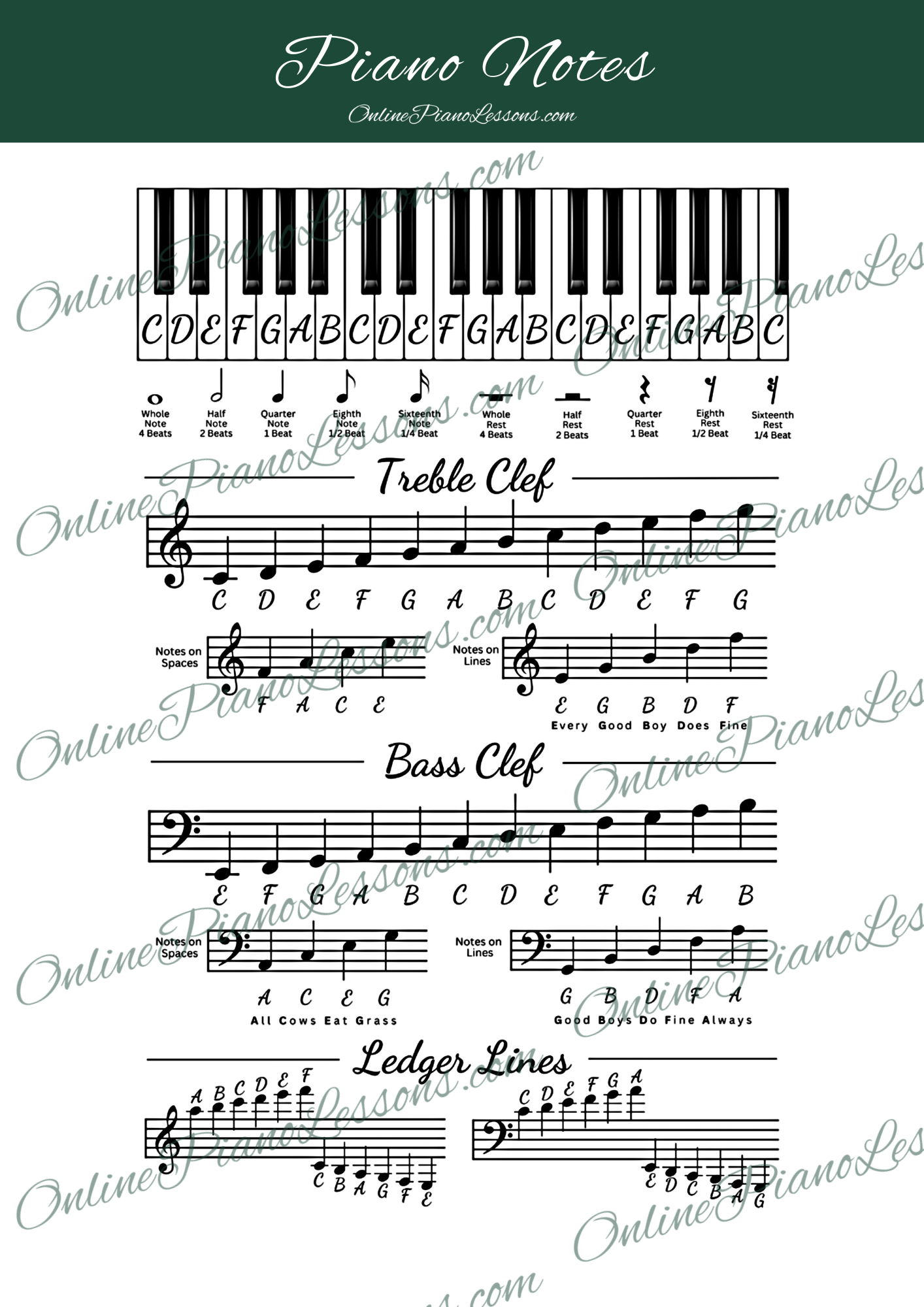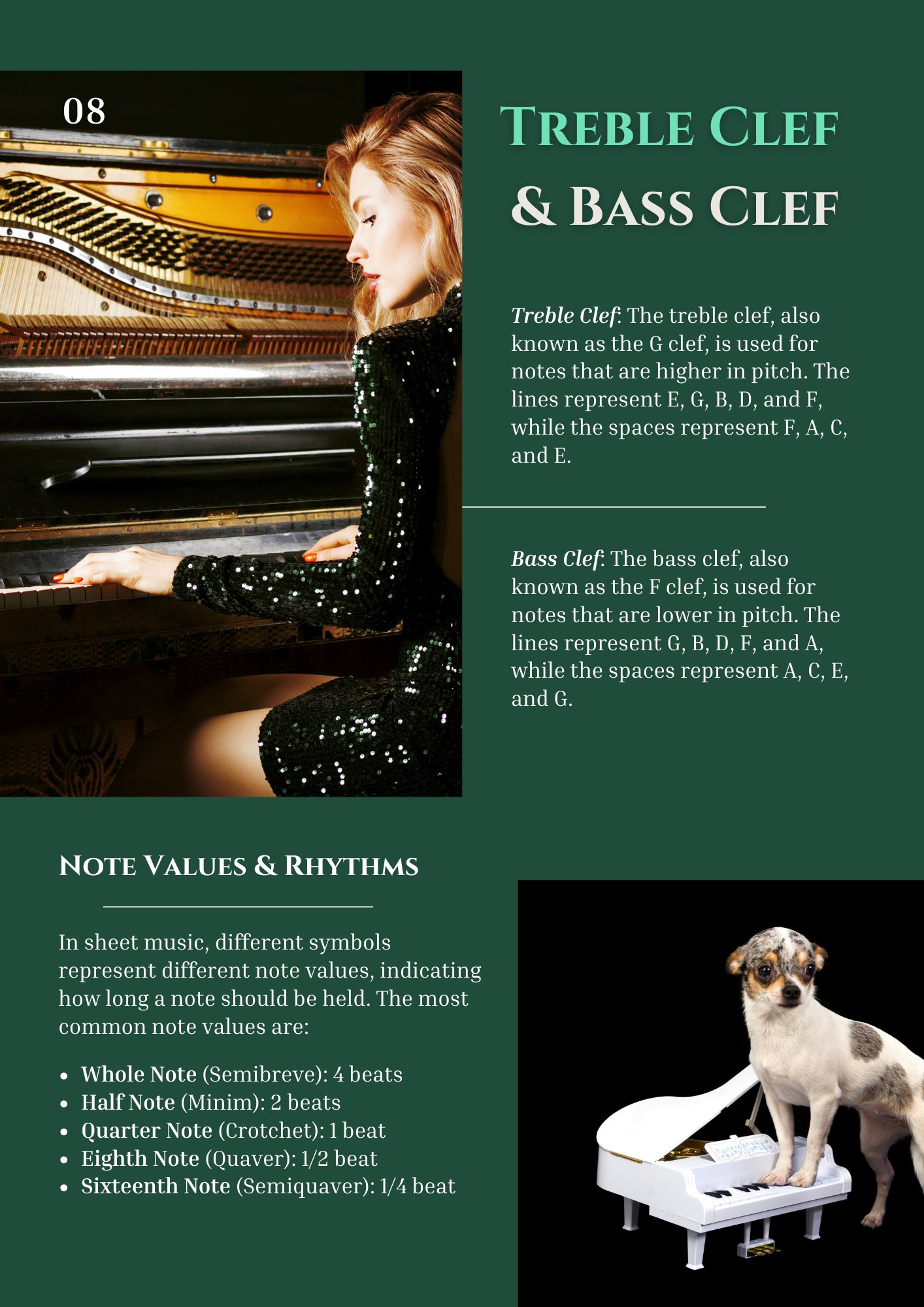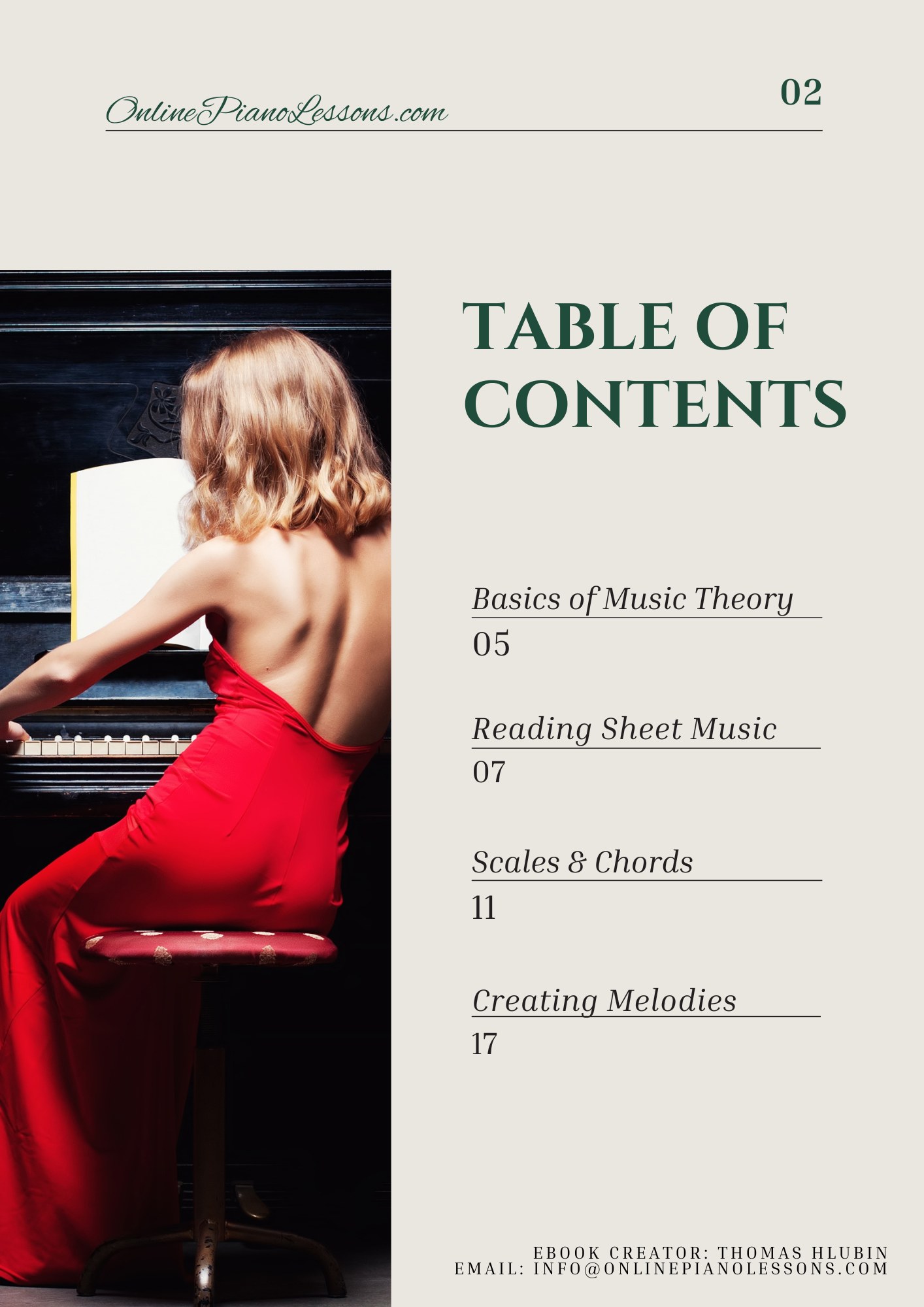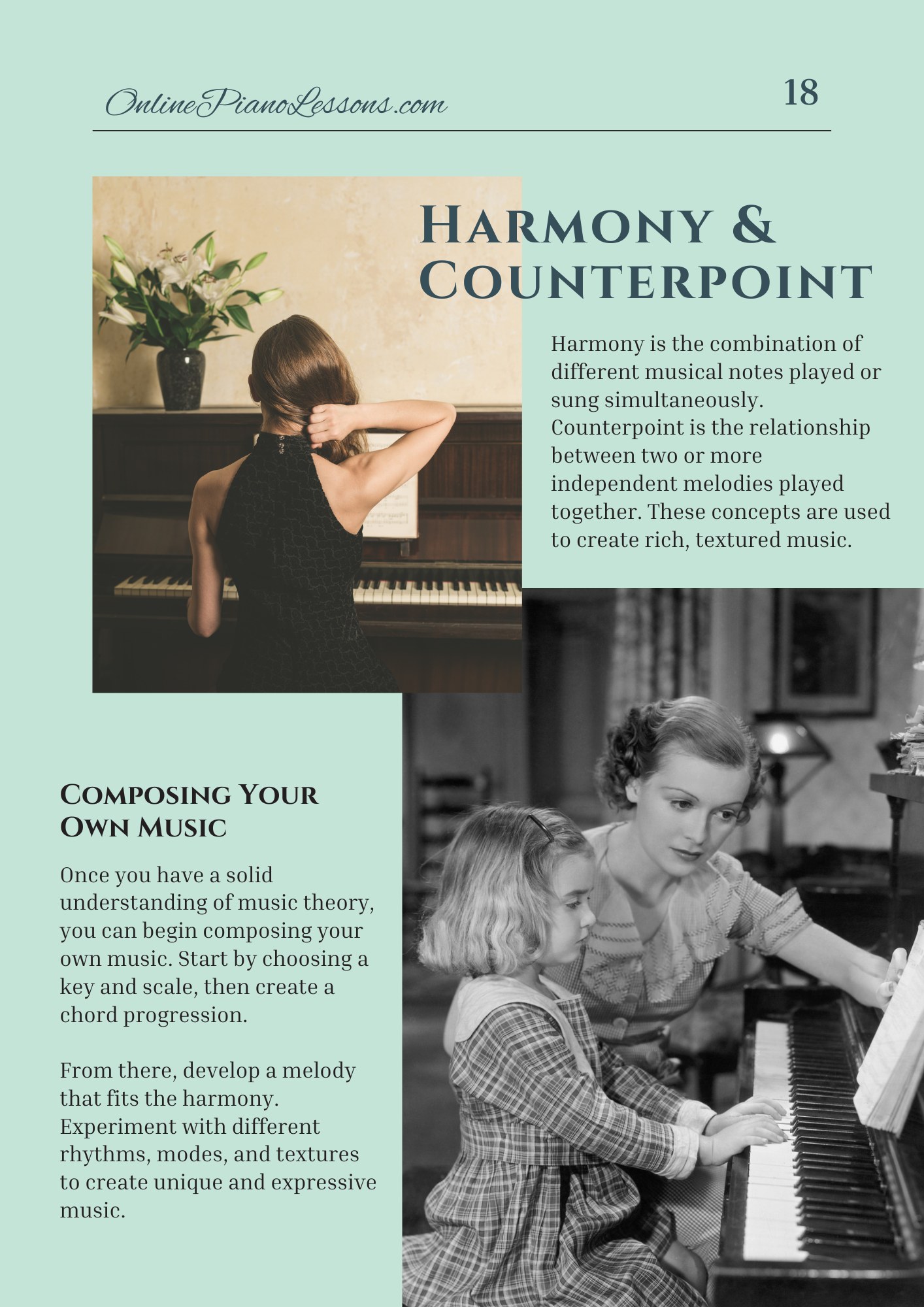The Locrian mode — sometimes called the Locrian scale — is the most unstable and mysterious of the seven diatonic modes. On the piano, the Locrian mode produces a sound that’s simultaneously dark, unsettled, and fascinating. If you’ve ever wondered why some modal passages feel ambiguous or tense, learning the Locrian scale on the piano will show you exactly what creates that effect and how composers and improvisers use it for dramatic color. This guide explains what the Locrian mode and Locrian scale are, how they’re built, how they sound on the piano, how to practice them, and practical musical uses.
What The Locrian Mode / Locrian Scale Is
The Locrian mode (or Locrian scale) is the seventh mode of the major scale. To find a Locrian scale, start on the seventh degree of any major scale and play up an octave using the same notes. For example, play the white keys from B to B on the piano and you’re playing B Locrian (B — C — D — E — F — G — A — B). That collection of notes is the Locrian mode derived from C major.
Musically, what makes the Locrian mode different from other modes and scales is its flattened second and flattened fifth relative to a major scale. In scale-degree terms the Locrian formula is: 1 — ♭2 — ♭3 — 4 — ♭5 — ♭6 — ♭7 — 1. On the piano, that flattened fifth is particularly important because it means the tonic triad built on the Locrian root is diminished, which removes the sense of a stable home chord. That is why the Locrian scale sounds inherently unstable on the piano.
The Fingerprint: What Makes Locrian “Locrian”
Two intervals define the Locrian sound on the piano: the minor second above the root (1 to ♭2) and the diminished fifth (1 to ♭5). The minor second produces the immediate tension in melodic lines, and the diminished fifth (the tritone) removes harmonic security. Together they create the characteristic sound of the Locrian mode.
If you play an obvious Locrian example on piano — like B Locrian (B–C–D–E–F–G–A–B) — notice how a simple B minor chord is not available: instead you get B diminished (B–D–F), which sounds unstable when you place it in the bass. That unstable bass is what makes the Locrian scale feel edgy and unresolved on the piano.
How The Locrian Scale Sounds On The Piano
When you play a Locrian scale on the piano, expect a dark, unsettled mood. Melodies in Locrian often sound mysterious, ambiguous, or even ominous. Because the tonic chord is diminished, harmonic progressions built strictly from the Locrian scale rarely provide conventional resolution. On the piano, composers use the Locrian mode intentionally—often as a color or a momentary texture—rather than as a tonic key for an entire piece, though experimental and avant-garde works do exploit true Locrian centers.
The Locrian scale’s sound can be poetic and eerie: slow, legato lines emphasize its haunting quality, while fast, syncopated phrases highlight its tension. Try improvising a short motif in B Locrian on the piano and alternate it with a C major phrase — the contrast between stability (C major) and instability (B Locrian) reveals the Locrian mode’s unique emotional power.
How To Build A Locrian Scale On The Piano
To build a Locrian scale on the piano:
- Choose a major key.
- Find its seventh degree — that will be the root of the Locrian mode.
- Play the same notes as the major key, starting and ending on that seventh degree.
Examples:
- B Locrian (from C major): B — C — D — E — F — G — A — B
- E♭ Locrian (from F♭ major conceptually): E♭ — F♭ (E) — G♭ — A♭ — B♭♭ (A) — C♭ — D♭ — E♭ (practical examples usually avoid double flats; use enharmonic equivalents as needed)
For practical piano practice, start with straightforward, common examples like B Locrian (all white keys from B to B) so you can hear the mode without worrying about tricky accidentals.
Practical Fingerings And Practice Tips On The Piano
Learning the Locrian scale on the piano is like learning any other scale technically, but with extra focus on musical context:
-
Start hands separately. Play the Locrian scale slowly with the right hand, then the left. Use comfortable fingerings similar to neighboring modes but adjust for thumb crossings when accidentals appear.
- Hands together. Combine hands once your fingers are confident; aim for even tone and rhythm.
- Work on arpeggios. Practice the diminished tonic arpeggio (1–♭3–♭5) in the Locrian scale — on the piano the diminished arpeggio is central to the mode’s sound.
- Vamp and improvise. Create short two-chord vamps (e.g., diminished tonic → diatonic neighbor) and improvise Locrian phrases to feel the instability.
- Use a metronome. Keep your rhythm steady; the Locrian scale’s tension is musical, not sloppy.
A sample right-hand fingering for one-octave B Locrian ascending: 1–2–3–1–2–3–4–1. Adapt as you move into keys with more accidentals.
Harmonization And Chord Choices With Locrian
Harmonizing strictly within a Locrian scale is tricky because the tonic chord is diminished, not major or minor. On the piano, composers and arrangers often use modal mixture to make Locrian passages musical:
- Tonic diminished (i°): Use sparingly as a coloristic sonority.
- Modal interchange: Borrow stable chords from the parent major key or parallel modes to create movement away from the diminished tonic.
- Pedal points: Keep a pedal tone on the Locrian root and float modal extensions above it for atmospheric effects.
- Tritone-centric voicings: Exploit the diminished fifth interval (tritone) by using altered dominant or diminished voicings.
Because of its unstable harmonic center, the Locrian mode on the piano is most effective when used as a momentary color — a bridge passage, an intro, or a dramatic cue — rather than the primary foundation for long chord progressions, unless you’re writing deliberately experimental music.
Musical Uses Of The Locrian Mode On The Piano
- Film and game scoring: Use the Locrian scale to suggest unease, mystery, or alien landscapes.
- Avant-garde composition: The Locrian mode’s lack of stable tonic makes it a favorite for atonal or modal-ambiguous textures.
- Jazz and fusion: Players sometimes borrow Locrian lines over half-diminished (ø) or diminished tonal areas for color.
- Folk and modal music: Some traditional tunes flirt with Locrian intervals; on the piano these create unexpected modal turns.
Experiment: take a familiar tune in C major on the piano and write a short interlude in B Locrian — the sudden modal shift will make the following return to C major feel more grounded.
Common Misconceptions And Pitfalls
- “Locrian can’t be used” — It can, but it behaves differently. Many believe the Locrian mode is unusable for tonal music because of its diminished tonic; instead, think of it as a color textural tool on the piano.
- Confusing Locrian with diminished scales — The Locrian scale is diatonic and mode-derived; diminished scales are symmetric octatonic patterns with different interval logic.
- Forgetting context: Playing a Locrian scale alone sounds intriguing, but the real power comes from juxtaposition with diatonic or modal material on the piano.
Exercises To Internalize The Locrian Mode On Piano
- Scale runs: Play B Locrian hands separately, gradually increasing tempo while keeping tone even.
- Diminished arpeggios: Practice tonic diminished arpeggios and inversions.
- Modal contrast: Alternate one bar of B Locrian with one bar of C major and improvise.
- Motif development: Create a 2-bar motif in Locrian and sequence it up and down the scale.
- Harmonic application: Build a short piano piece using a Locrian intro, a diatonic chorus, then return to Locrian.
Final Thoughts
The Locrian mode and Locrian scale are powerful tools for pianists who want to explore tension, ambiguity, and unconventional color. On the piano, Locrian passages can create mood, suspense, and a distinctive sonic fingerprint. Treat the Locrian mode as a special seasoning—use it with intention, contrast it with diatonic material, and you’ll find it adds depth and surprise to your playing and compositions.
FAQ
Q: What is the Locrian mode?
A: The Locrian mode (or Locrian scale) is the seventh mode of the major scale, characterized by a flattened second and flattened fifth, producing an unstable tonic sonority.
Q: How does Locrian sound on the piano?
A: It sounds dark, tense, and unresolved. The diminished tonic and minor second intervals give it a haunting, ambiguous quality.
Q: Can I use Locrian as a key on piano pieces?
A: Yes — but it’s most common as a color or brief modal area. Long tonal pieces in strict Locrian are rare because the tonic chord is diminished.
Q: Which root is easiest to practice Locrian on piano?
A: B Locrian (all white keys B to B) is the easiest starting point because it uses only white keys.
Q: How should I practice Locrian scales on piano?
A: Start slow, practice hands separately, use arpeggios and vamps, and alternate with a stable major or minor key to feel contrast.

 Get Full Access (Only $5/mo)
Get Full Access (Only $5/mo)



 I love playing piano, creating new melodies and songs, and further developing my online piano course and making updates/additions to my site OnlinePianoLessons.com!
I love playing piano, creating new melodies and songs, and further developing my online piano course and making updates/additions to my site OnlinePianoLessons.com!  Now that is what I call fun!
Now that is what I call fun!





